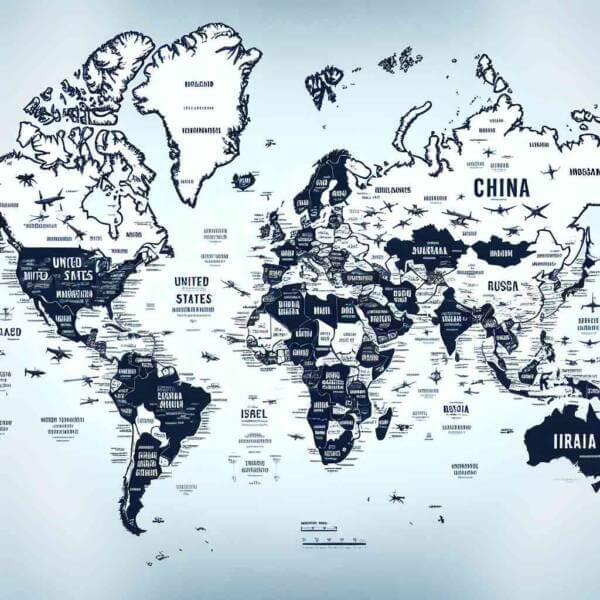Military Aviation: Everything You Need to Know
Military Aviation: Everything You Need to Know
Blog Article

The use of aircraft in military operations offers superior capabilities.
Nations invest heavily in military aviation to protect national interests.
History of Military Aviation
Military aviation started during World War I, with aircraft initially used for reconnaissance.
Important events in the evolution of military aviation:
- Development of air combat tactics
- Massive growth in air power
- Rapid development of jet technology
- Remote operations changing the face of conflict
Each era brought innovative strategies that expanded aerial warfare.
Different Roles of Military Planes
Understanding the types of military aircraft helps in appreciating the complexity of modern air forces.
Major aircraft classifications:
- Aircraft designed for air-to-air combat
- Bombers
- Transport aircraft
- Eyes in the sky for modern armies
Each type plays a key part in military operations, from striking enemy targets.
Importance of Air Superiority
Air superiority is vital for achieving military success.
How controlling the air impacts battles:
- Protecting ground forces
- Cutting off enemy resources
- Surveillance and reconnaissance missions
- Psychological impact on enemy forces
Nations with strong military aviation capabilities can defend their interests more effectively.
Advancements Shaping the Future
Constant research and development open new possibilities for future warfare.
Recent innovations include:
- Low-visibility planes
- Missiles and aircraft traveling at speeds greater than Mach 5
- Artificial intelligence-driven missions
- Laser and electromagnetic systems
These advancements increase survivability for air forces worldwide.
Obstacles Facing the Industry
From high costs to geopolitical tensions, the road to air dominance is a constant battle.
Key challenges include:
- Expensive research and operations
- Rapid technological changes
- Protecting systems from hacking and sabotage
- Ethical concerns with autonomous weapons
Addressing these challenges is crucial to staying ahead.
What Lies Ahead
The future of military aviation promises radical innovations.
Future trends may include:
- Smarter decision-making systems
- Defending assets beyond Earth
- Eco-friendly military aircraft
- Joint defense projects
The next era of military aviation will shape the future of global security.
Conclusion
Military aviation remains a powerful force in global defense.
As technology continues to evolve, the skies will remain a critical arena where military aviation safeguards here freedoms.
The future of military aviation is more dynamic than ever — and it’s only just beginning. Report this page